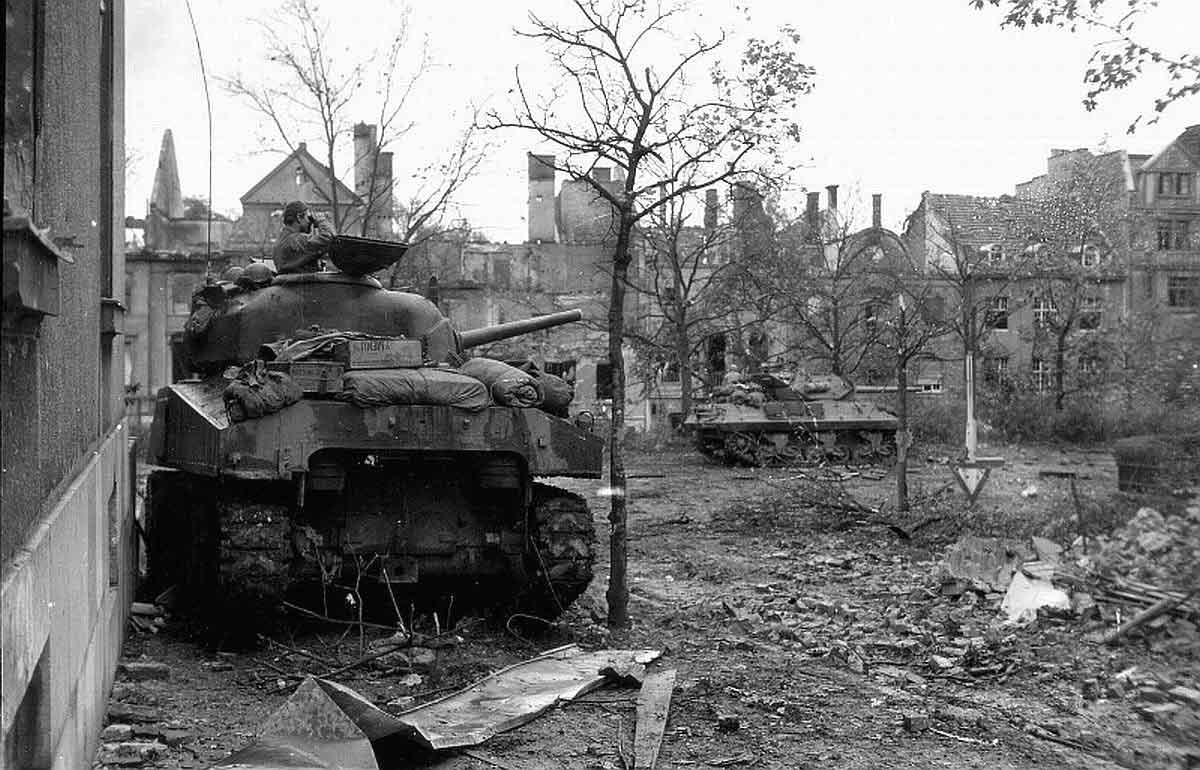
Urban Legends is the title of Chapter 16 of my book War by Numbers. It is one of two chapters in the book that discusses our three urban warfare studies.
Over at the blog site War on the Rocks, there is a new article called: Urban Legend: Is Combat in Cities Really Inevitable?
The article asks:
- “First, in what kinds of urban operations will the U.S. military be involved?
- “Second, in irregular urban combat what will be the role of U.S. forces?
- “Finally, in thinking about deterring and fighting peer adversaries is enough attention being paid to defensive urban operations…”
It then states:
This leads to a larger point. Much of the area in Eastern Europe where U.S. forces could play a key roles in deterring Russian aggression has no large urban centers….Thus, before going all-in on optimizing for urban operations, the U.S. military should take a deep breath for a moment and think carefully about future operations within the context of the National Defense Strategy.
People might also want to look at our original urban warfare report: http://www.dupuyinstitute.org/pdf/urbanwar.pdf
Our first urban warfare study is dated 11 January 2002 and has been on our website since that time (see: http://www.dupuyinstitute.org/tdipubs.htm). To quote from page 78 of this study (bolding not in original):
The primary result of urban terrain…is to reduce advance rates significantly, reduce casualties to some extent and, as a result, to extend the duration of combat….the vast majority of urban terrain encountered will be flanked by non-urban terrain. Operations in these non-urban flanks will potentially advance at a pace two to four times that of the urban operations…This will, of course, result in either the defender withdrawing from the urban terrain, which is what traditionally had occurred, or an assault and eventual mop-up operation by the attacker of the enveloped defenders….
On the other hand, it is possible that one could encounter a situation where the urban terrain could not be bypasses or securely enveloped. The most notable example of such a scenario would be in South Korea, where Seoul, anchored to the west (left flank) by the sea, extends for some 25 kilometers inland and is then flanked east (right) by a substantial mountain range. While this is an important case of US defense planning purposes, it is one of the few hot spots in the world where this situation is found. An examination of an atlas shows few other cities in the world that cannot be bypassed or enveloped.
This discussion, naturally, is repeated in my book War by Numbers, on pages 251-254 in a section called “The Impact of Urban Terrain on Operations.”
